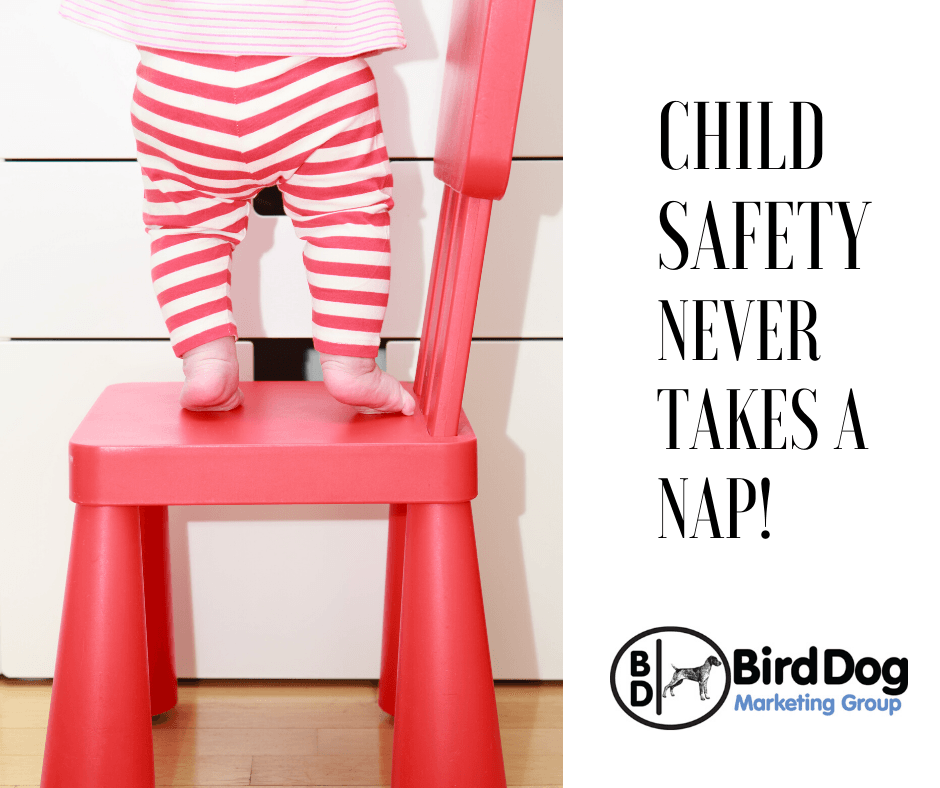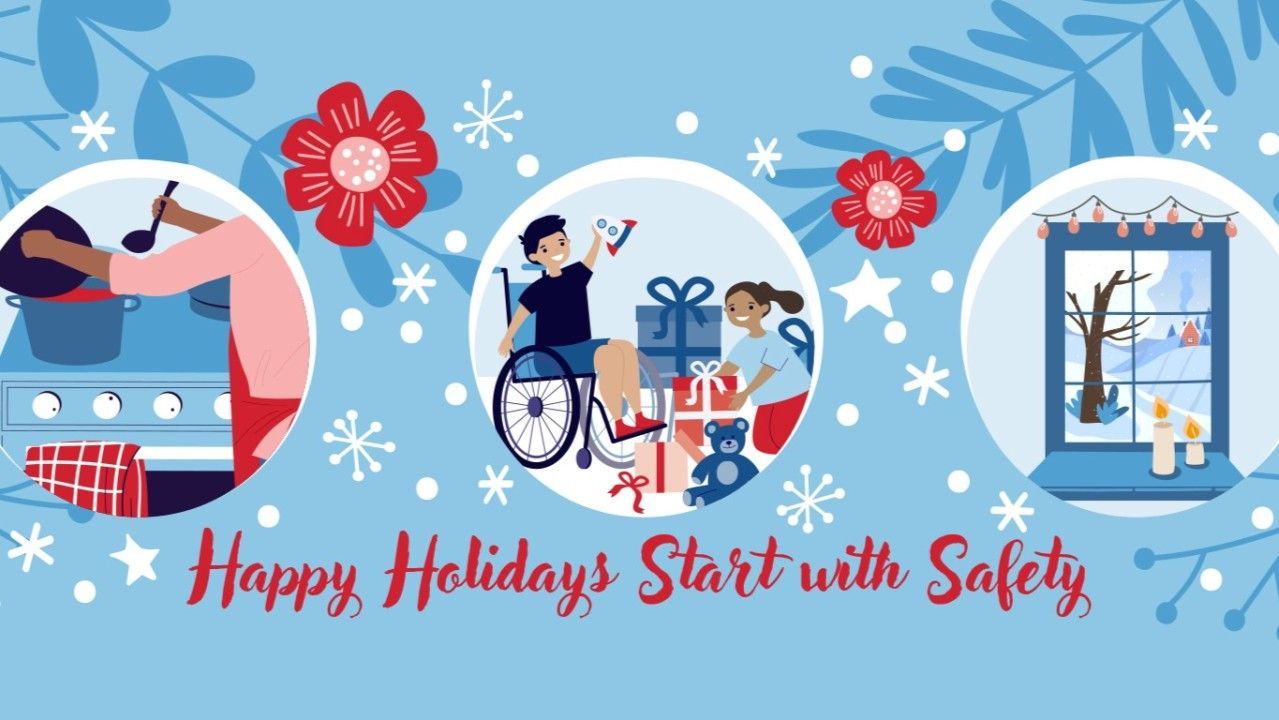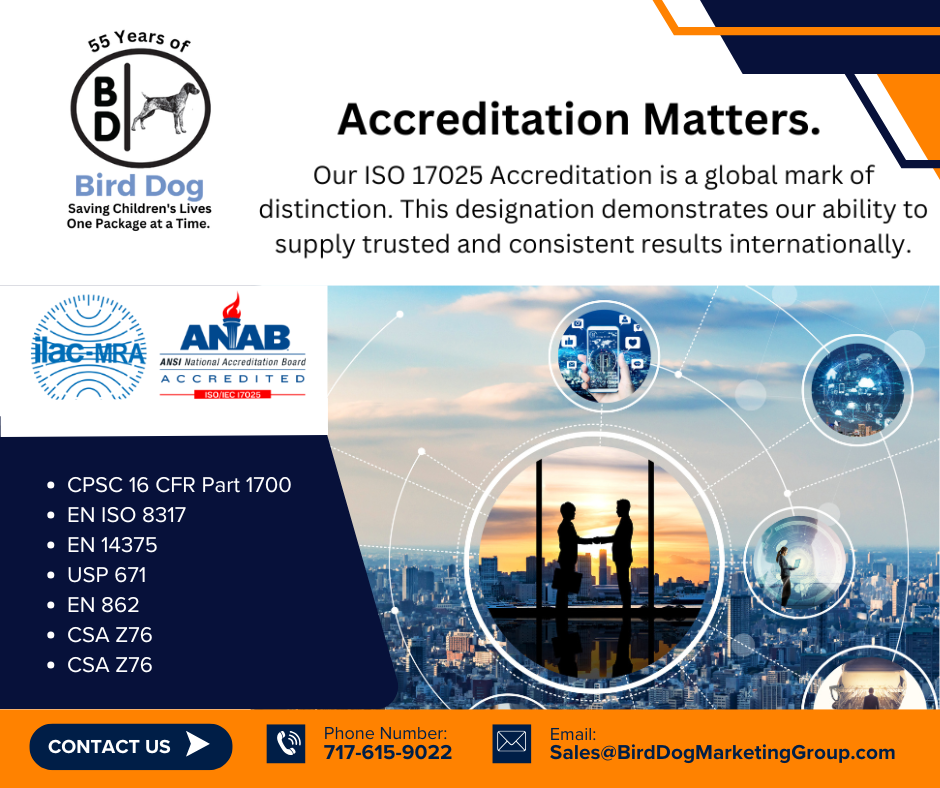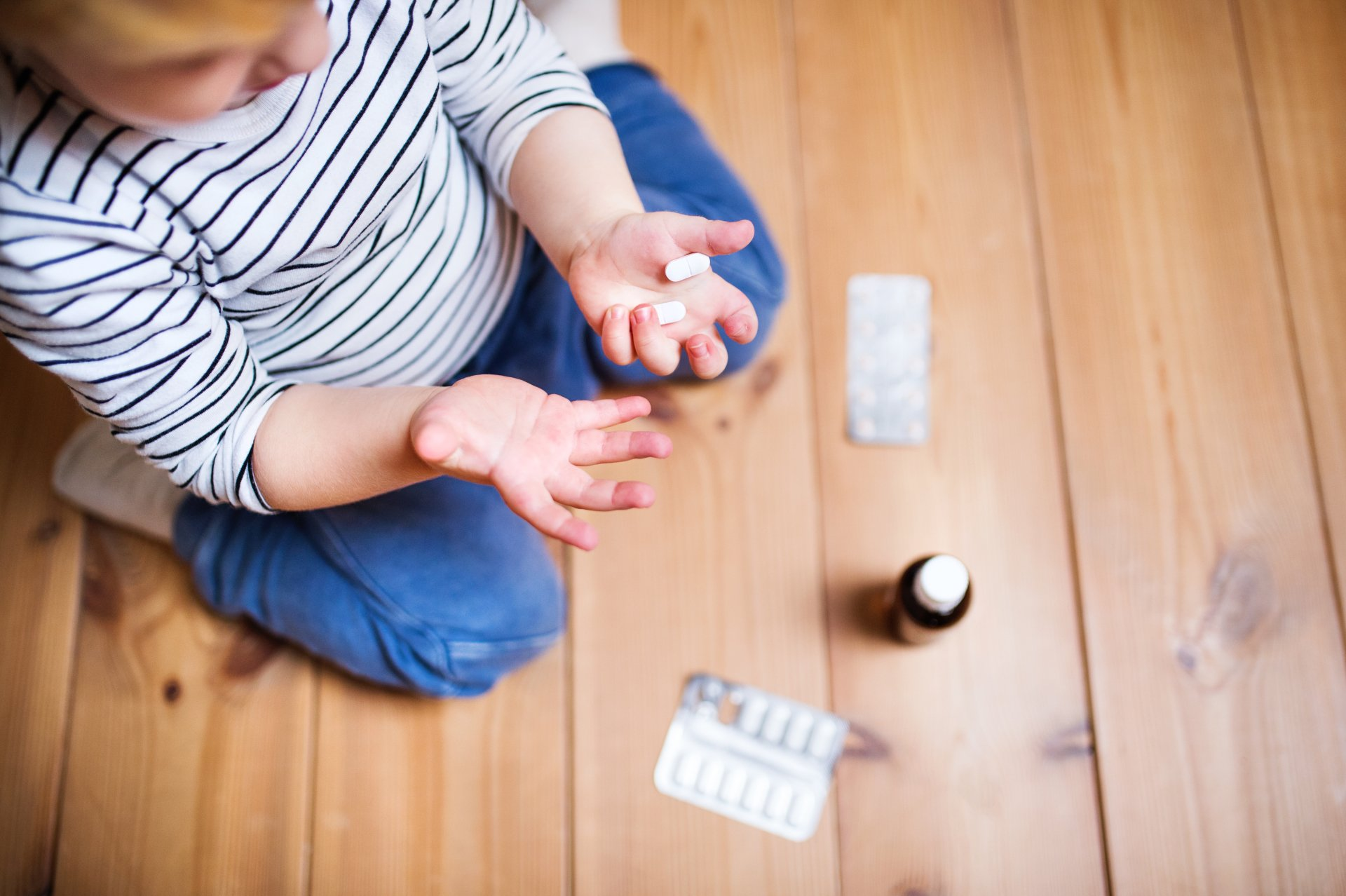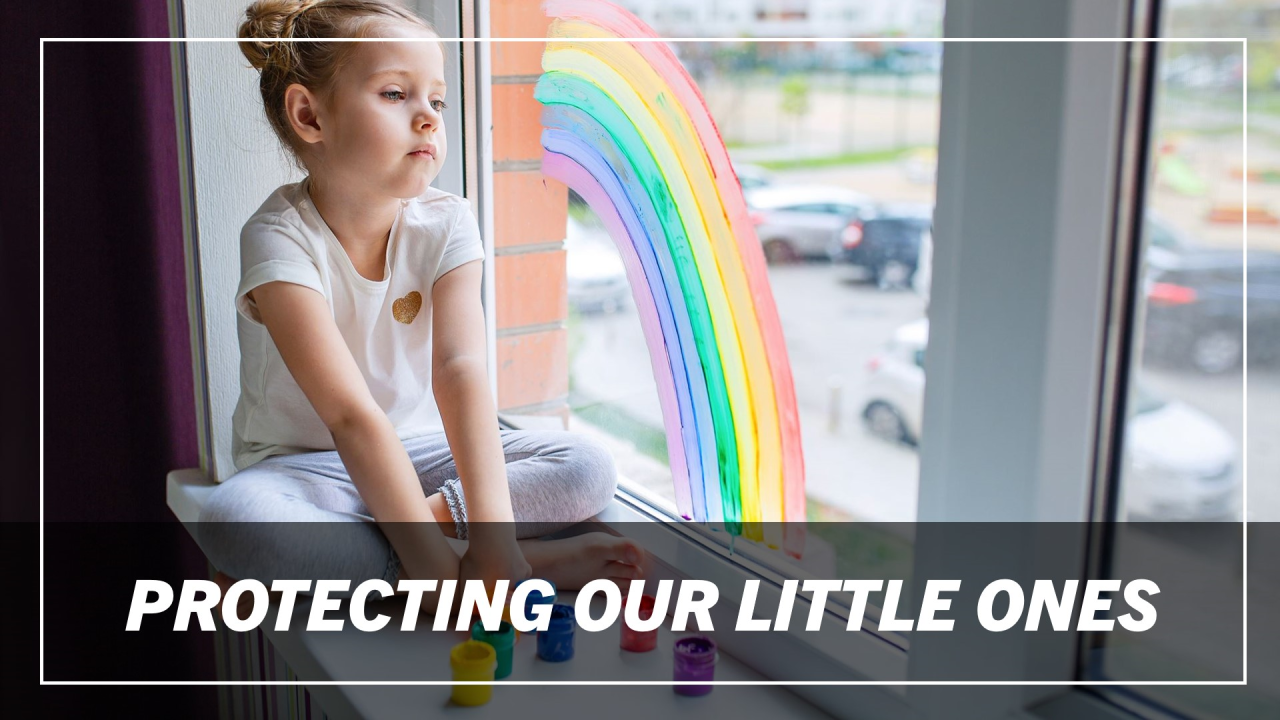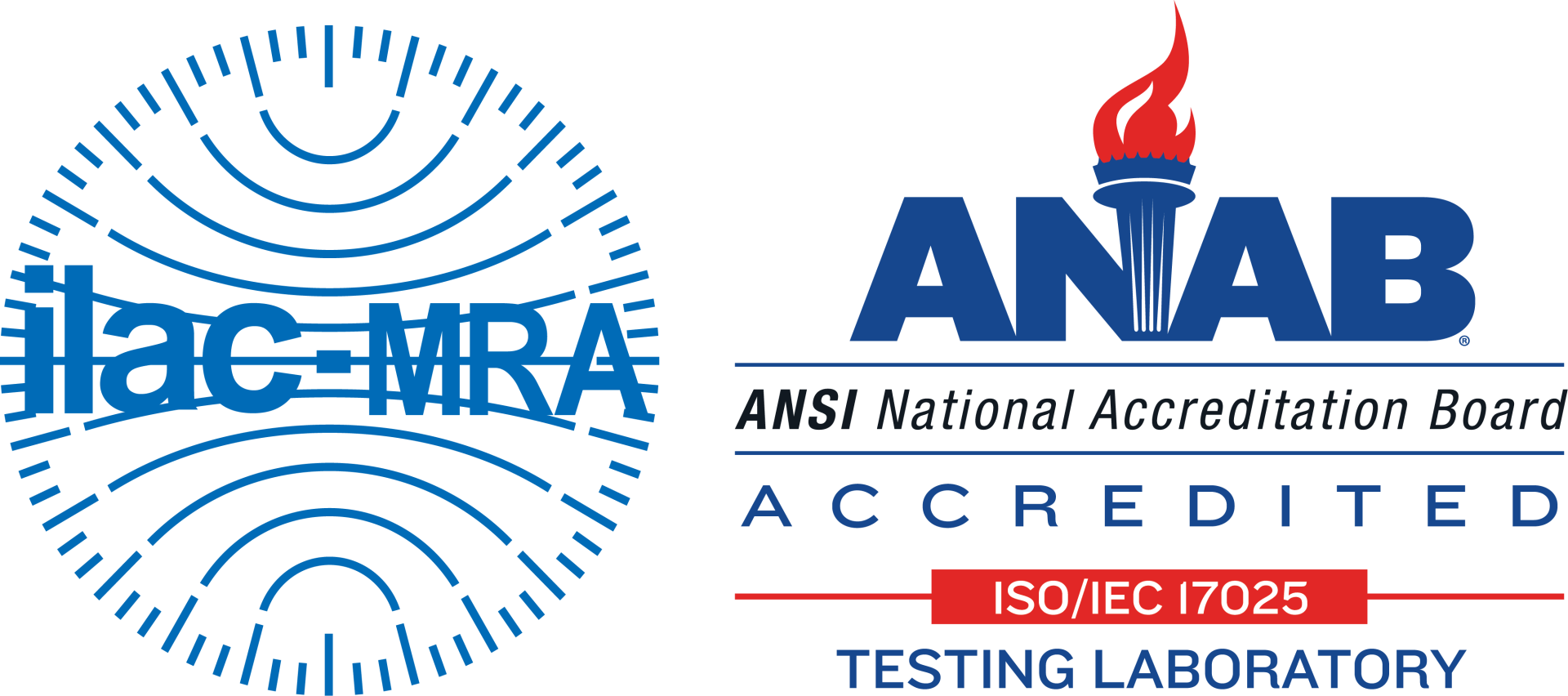Top Ten List - How to Protect Children from Accidental Poisoning
Beth Mack • March 6, 2020
1.
Buy medicines and vitamins with child-resistant caps or packaging. Always close the caps as directed after use.
2.
Keep medicines out of reach. Always store medicines in their original containers in a locked closet, cabinet, or drawer where children cannot see or reach them. Young children are always exploring their surroundings and putting things in their mouths.
3.
Keep purses and diaper bags out of the reach of children. Remind guests how important this is. We sometimes forget that people often keep a small amount of medicine in their purse and that visitors may not be used to having curious children around their home.
4.
Avoid taking medicine in front of children. Young children learn by imitating adults and they see everything.
5.
Never call medicine candy. Medicines and candy can look the same and children can’t tell the difference.
6.
Talk to babysitters/caregivers about the risks and what to do to prevent accidental poisonings.
7.
Never leave the medicine on the counter – open or closed. Always close the cap securely and place in a location out of the reach of children. If you get called away for even a brief amount of time, take the container with you or close it properly.
8.
Talk with your children and remind them often to never take a medicine unless an adult gives it to them
9.
Regularly clean out your medicine cabinet and safely dispose of them.
10.
Keep the Poison Center number on your cell phone (1-800-222-1222). If you suspect or know your child has taken a medicine, call immediately. Do not give the child anything to eat, drink or make the child vomit unless the Poison Center tells you to.
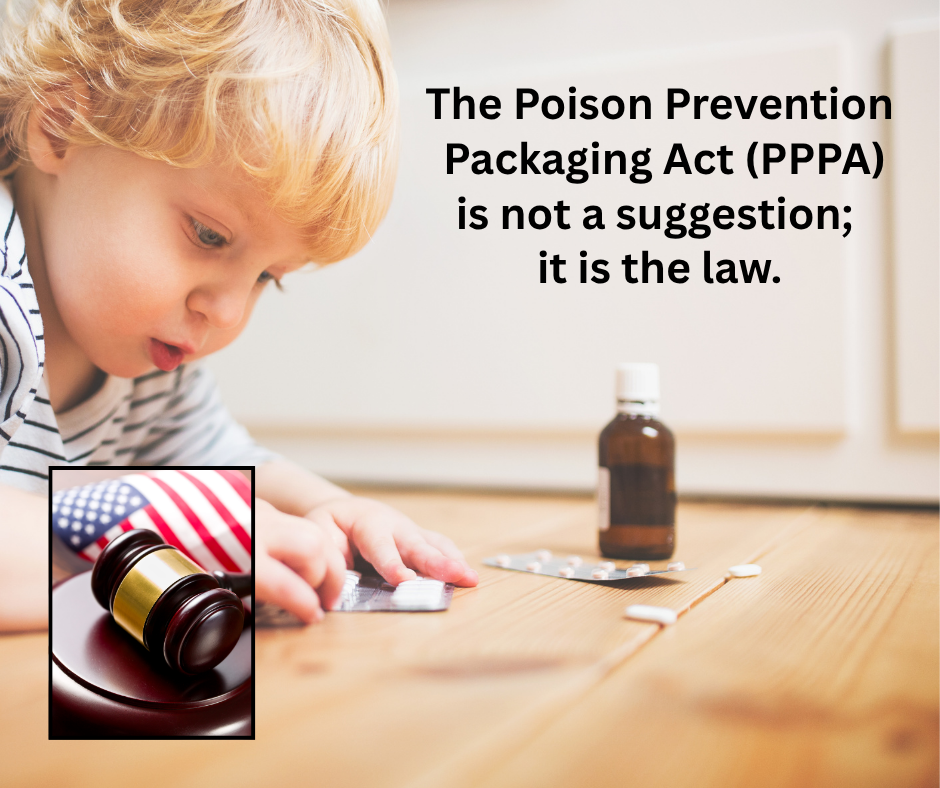
Every year, thousands of children are rushed to emergency rooms after accidentally ingesting household products or medications that were not properly secured. The incidents are tragic—and often preventable. That is why the Poison Prevention Packaging Act (PPPA) exists. Enacted in 1970 , the PPPA requires that many everyday substances—such as prescription drugs, over-the-counter medications, cleaning products, and certain chemicals—be packaged in child-resistant containers . These are designed to be difficult for young children to open, but accessible for adults. Why the PPPA Matters Before the PPPA, accidental poisonings were one of the leading causes of death among children under five years old in the United States. Since its implementation, the law has saved countless lives by dramatically reducing incidents of accidental ingestion. It is not just about compliance; it is about responsibility. Child-resistant packaging creates a crucial barrier between children's natural curiosity and potentially lethal substances. Even one oversight—one improperly packaged product—can have devastating consequences for a family. It is Not a Recommendation. It is Law! The PPPA is federal law enforced by the Consumer Product Safety Commission (CPSC) . Manufacturers, packagers, and distributors must comply with their requirements. Noncompliance can result in serious legal and financial penalties—not to mention the ethical cost of endangering public safety. Every organization involved in the manufacture or distribution of regulated products should treat PPPA compliance as non-negotiable. This includes ensuring that: All applicable products use approved child-resistant packaging. Packaging designs are tested and certified. Staff are trained in PPPA requirements. Documentation is maintained for audits or inspections. An SOP (Standard Operating Procedure) for your CR testing requirements are strongly recommended. Protecting Children Is Everyone's Duty Child safety should never be taken lightly. The PPPA stands as one of the most impactful public health laws in U.S. history, and it remains just as vital today as it was over fifty years ago. Whether you work in package manufacturing, pharmaceuticals, consumer healthcare, agriculture, chemical, cannabis, retail or any industry that uses special packaging—your role in preventing accidental poisonings matters. Compliance is not optional. It is the law , and more importantly, it is a commitment to protecting the most vulnerable among us. If you have any questions regarding child-resistant packaging and how to meet child-resistant package regulations - call Bird Dog Marketing Group LLC at 717-615-9022 or email sales@birddogmarketinggroup.com. Bird Dog Marketing Group is an international industry leader in Child Resistant (CR) and Senior Adult Use Effectiveness (SAUE) protocol testing. For over 55 years, we have been providing comprehensive research and testing services and have a record of success in safety and child-resistant package testing. We have tested and evaluated thousands of different package types, including unit dose packages, pouches, bottles, and containers with a variety of closures, aerosol cans, pump dispensers and more. Our team provides an assurance of accuracy and hyper-focused attention to detail for all package testing.
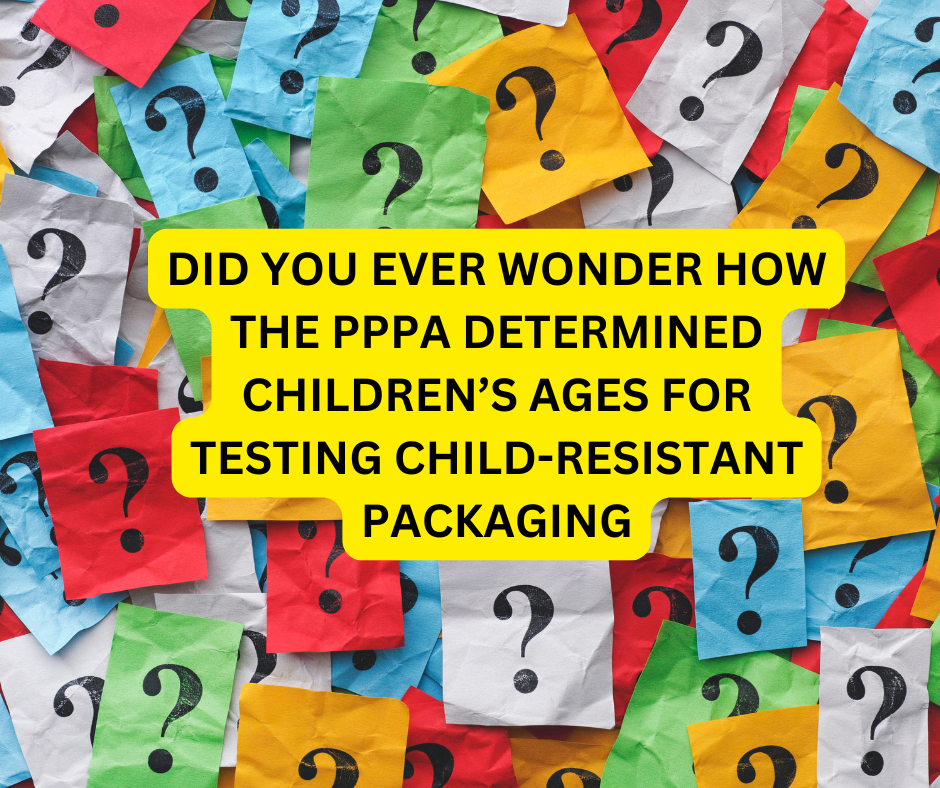
The Poison Prevention Packaging Act (PPPA), enacted in 1970, is one of the cornerstones of child safety regulations in the United States. Its primary goal is to prevent children from accessing hazardous household substances like medications, household chemicals, and other toxic products. As part of this initiative, the law requires certain products to be packaged in child-resistant containers. The question is: how did the government determine the specific age ranges of children who should be tested for these packaging requirements?
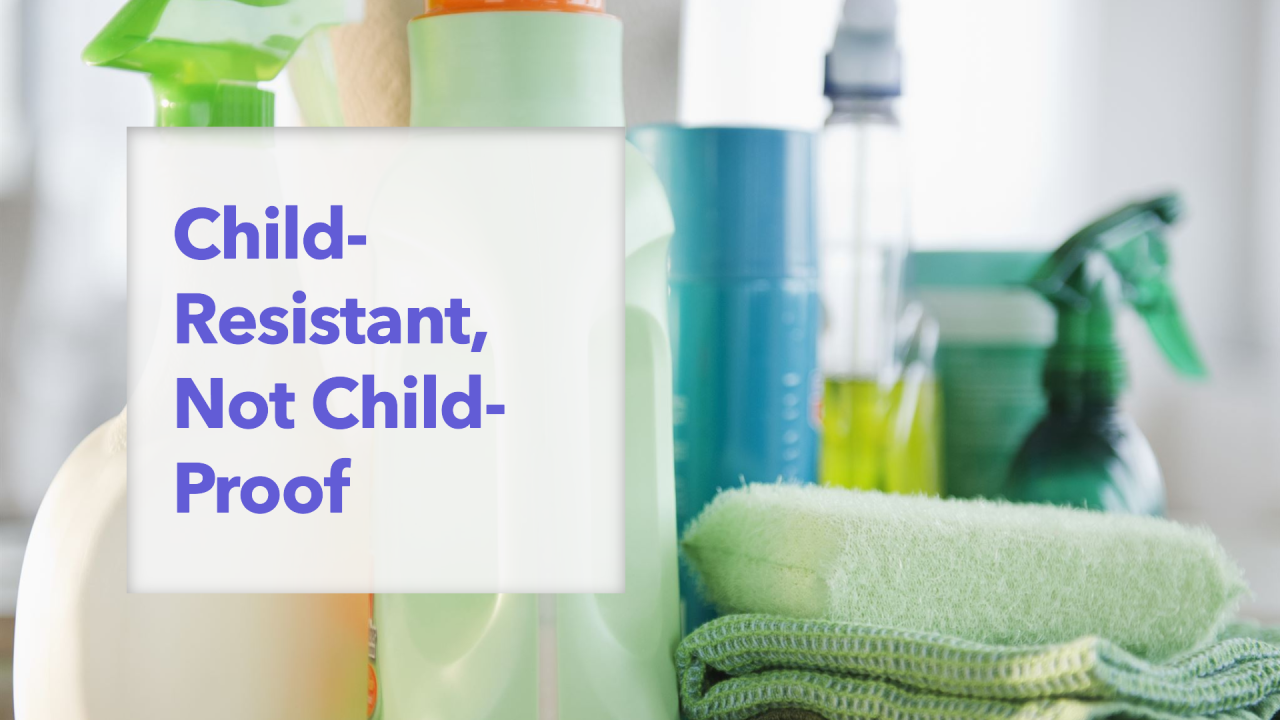
Dispelling the Myth: Why There is No Such Thing as Child-Proof Packaging. In the realm of product safety, particularly concerning items like medications, household cleaners, and chemicals, the term "child-proof packaging" is commonly used. However, despite its widespread usage, the concept of truly child-proof packaging is a misnomer. We will delve into why there's no such thing as completely child-proof packaging and what measures can be taken to enhance child safety.
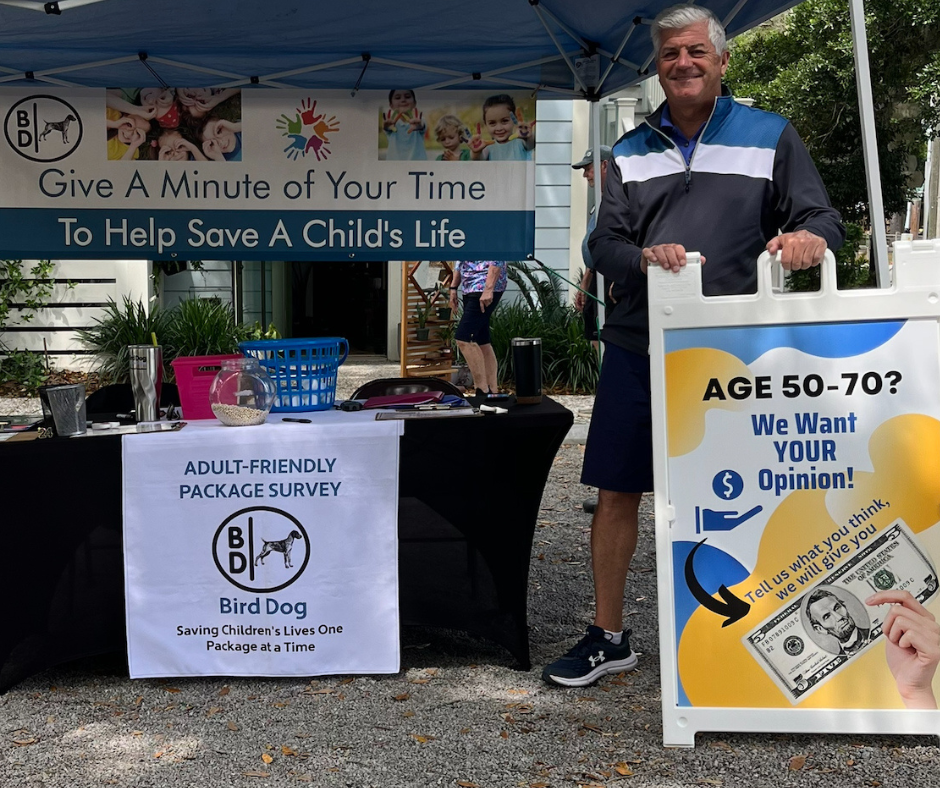
Our test proctors administering adult-use package testing are often asked, “Why are you only testing adults 50-70 years of age?” Here’s the story behind that decision. When the U.S. Congress passed the Poison Prevention Packaging Act of 1970 (PPPA), the Consumer Product Safety Commission (CPSC) required child-resistant packaging for specific drugs and household chemicals that could harm children. Package manufacturers developed and introduced new child-resistant packaging to comply with the requirements. Per the PPPA, the specialty packaging required certification that they were child-resistant. At the time, the adult-use effectiveness portion of the package test protocols included adult test subjects 18-45 years of age, a significant change from our current adult-use effectiveness subjects who are 50-70.

